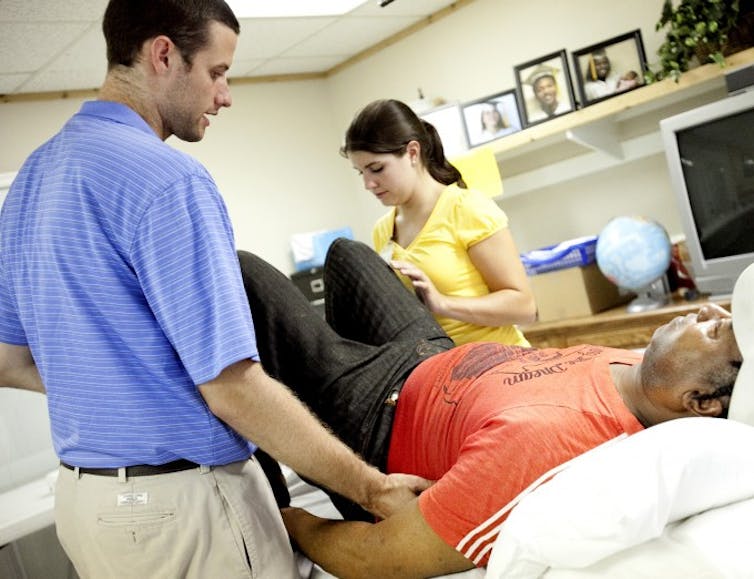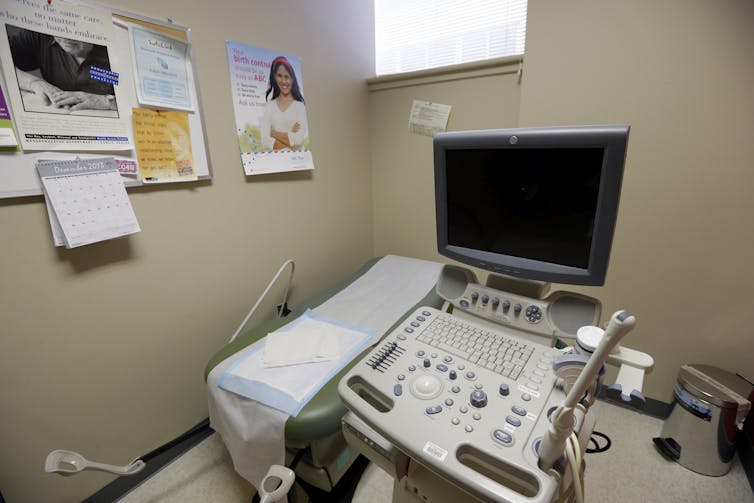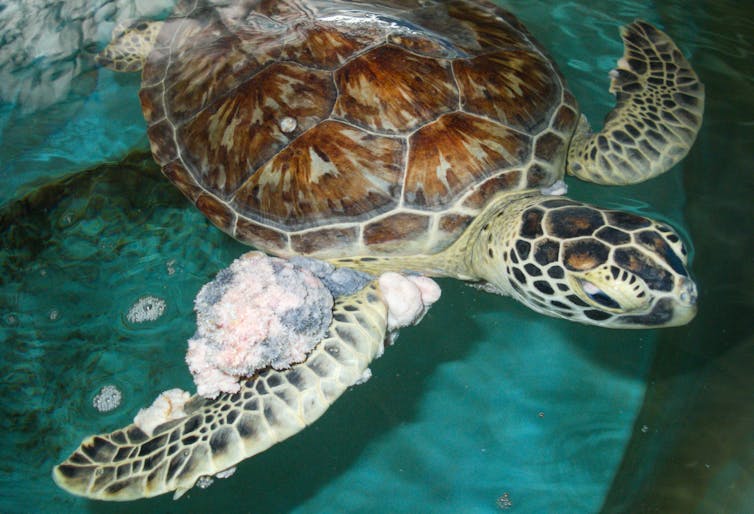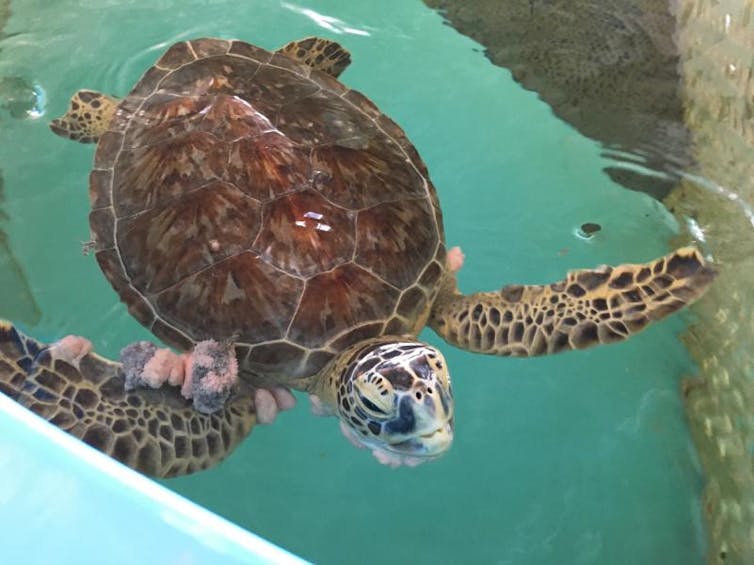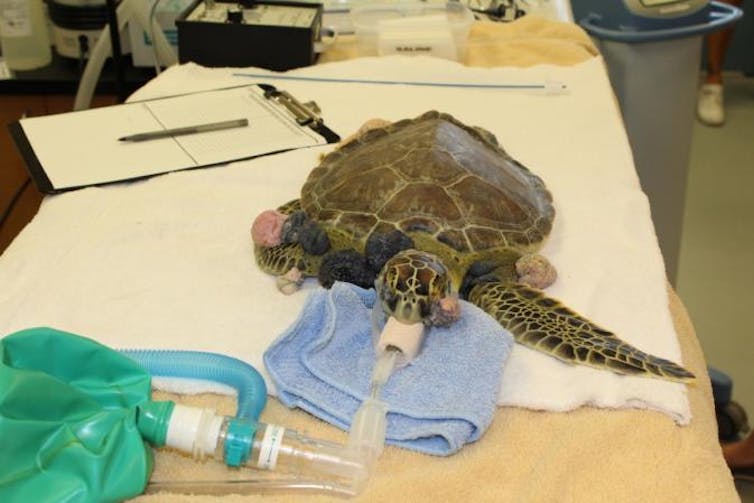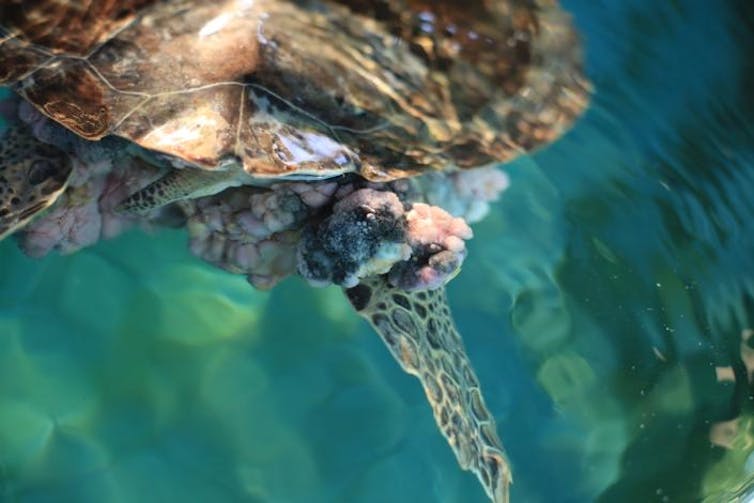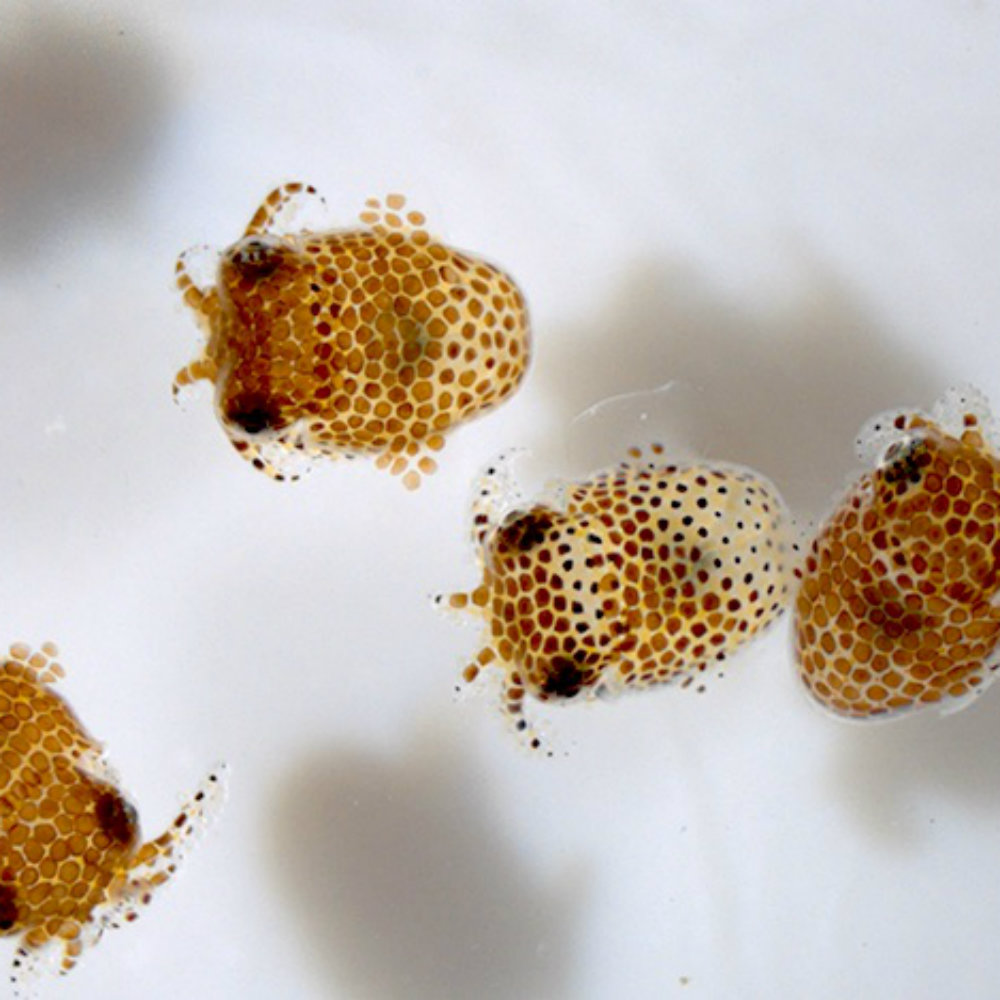Consumer sentiment among Floridians dropped 1.9 points in June to 98.3 from a revised figure of 100.2 in May, according to the latest University of Florida Consumer Survey.
The five components that make up the index declined. The last time a drop across all five components happened was in August 2016.
Perceptions of personal financial situation now compared with a year ago decreased one point from 92.9 to 91.9. It is worth noting that opinions varied by age, with respondents under age 60 reporting less-favorable perceptions than respondents 60 and older. Similarly, perceptions as to whether this is a good time to buy a major household item like an appliance decreased 2.6 points from 105.7 to 103.1 but, again, those under 60 manifested less-favorable opinions compared with those 60 and older.
“Despite the difference of opinion depending on age, these two components indicate overall that opinions regarding the current economic conditions have worsened among Floridians in June,” said Hector H. Sandoval, Director of the Economic Analysis Program at UF’s Bureau of Economic and Business Research.
The three components representing the expectations of future economic conditions have also worsened among Floridians in June. Expectations of personal financial situation a year from now went down 1.6 points from 105.4 to 103.8. Expectations of U.S. economic conditions over the next year plummeted 3.8 points from 101.7 to 97.9, the greatest decline in this month’s reading. Additionally, expectations of U.S. economic conditions over the next five years decreased five-tenths of a point from 95.1 to 94.6.
Consumer confidence declined across all five components. Although Floridians overall are more pessimistic, this sentiment is not shared by all Floridians. For women and respondents 60 and older, consumer confidence increased slightly, and for respondents with income under $50,000, confidence remained unchanged in June.
“The drop in June’s confidence came primarily from consumers’ expectations about the national economic conditions over the next year. This decline might come as a result of the potential impact that the new tariffs on imports and foreign retaliation might have on the economy in the short run,” Sandoval said.
Despite the decline in confidence, the economy is doing well overall. The labor market in Florida has continued to strengthen, job gains have been strong and the unemployment rate has declined one-tenth of a percentage point to 3.8 percent in May after remaining unchanged for eight months. In May, 180,200 jobs were added statewide compared with a year ago. Among all industries, professional and business services gained the most jobs, experiencing a 3 percent increase compared with a year ago, and the only industry losing jobs was information, which decreased 1.6 percent. Furthermore, since April, the labor force reached over 10.2 million workers.
“In view of the continued positive labor market conditions in Florida, we expect consumer confidence to remain high. Looking ahead, it’s important to observe closely the perceptions of Floridians’ expectations regarding the economic conditions over the next year, as these might anticipate a change in economic trends,” Sandoval said.
Conducted June 1-29, the UF study reflects the responses of 402 individuals who were reached on cellphones, representing a demographic cross section of Florida. The index used by UF researchers is benchmarked to 1966, which means a value of 100 represents the same level of confidence for that year. The lowest index possible is a 2, the highest is 150.
Details of this month’s survey can be found at http://www.bebr.ufl.edu/csi-data
Society & Culture


